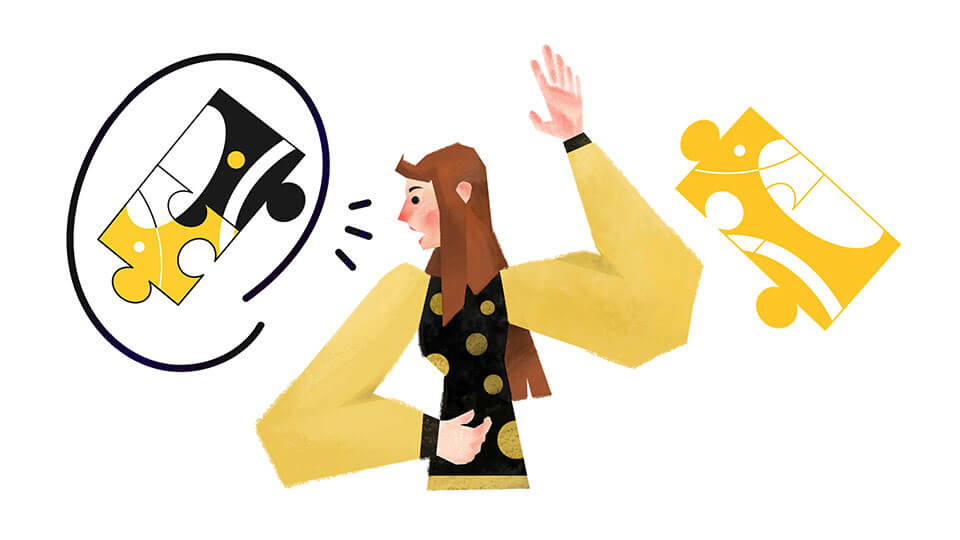Intellectual character
Practices | Reflect critically and compassionately

Use a growth mindset to make meaning of experiences through contemplation and consideration of one's thoughts, feelings, and actions and how they affect the growth, development, and identity of the individual, team, community, and learning environment.
1. Highlights
When we reflect critically and compassionately, we examine our own experiences, beliefs and knowledge with honesty and humility, remaining open to updating our practices and our understanding of the world in light of new evidence. We ground our reflection in the empathetic understanding of others’ experiences that we’ve gained through the Moral and Civic practices as well as in our continued engagement with the community as we iteratively test potential solutions.
Examine our own experiences, beliefs and knowledge with honesty and humility
Use empathy to consider the perspectives of others as we reflect
Incorporate reflection as we test and monitor new initiatives and ideas
When we reflect critically and compassionately — and combine this with a systems-thinking orientation — we keep ourselves open to revising our course of action based on emerging data and lessons learned. When we do this, we also draw on the Intellectual assets of curiosity, truth-seeking and critical thinking.
Principled Innovators understand that the work of innovation continues beyond the launch of a new initiative or policy. New initiatives must be monitored for unexpected consequences and that new data must be incorporated into iterative cycles of testing and improvement. Reflection is a core part of this iteration and monitoring, as it allows us to absorb new information and consider how to act on it. And while individual reflection is important, there is much to gain from reflecting with a group in which we are exposed to a broader set of perspectives that contribute to innovation and systems change.


2. Context

The benefits of developing a reflective routine
Article
15 minutes
By: Edutopia
What is a critical reflection? Introducing the “what, so what, now what” model
Video
3 minutes
By: University of Guelph
Mindful reflection as a process for developing culturally responsive processes
Article
20 minutes
By: Barbara Dray, Debora Wisneski
What?/so what?/now what?
Tool
40 minutes
By: Principled Innovation® (PI)
Access our collection of +200 learning materials
PI toolkit library4. Connect the dots
How could this practice be enacted through the Intellectual assets?

Truth-seeking
Truth-seeking’s perpetual search for a fuller understanding of the world pushes us to engage in reflection—to better understand how our own beliefs and assumptions influence our interpretation of both problems and potential solutions. When we seek the truth, we look for divergent perspectives and use them to drive the process of critical reflection—to overturn, refine, or enhance our own beliefs and understandings.

Critical thinking
Critical thinking supports the careful evaluation of whether sufficient perspectives have been considered when interacting with others in our communities and whether our reflection has been marked by intellectual humility and honesty.

Curiosity
Compassionate curiosity allows us to turn potential conflicts into opportunities to reflect and learn about the root causes of problems and to see what role we can play in helping to create solutions.

Reflection
Thinking through the processes that brought us to where we are today involves an honest yet empathetic evaluation of our own actions, the actions of others, and the contextual systems around us. Using these lessons to build values-informed solutions will help benefit the broadest possible set of community stakeholders.
